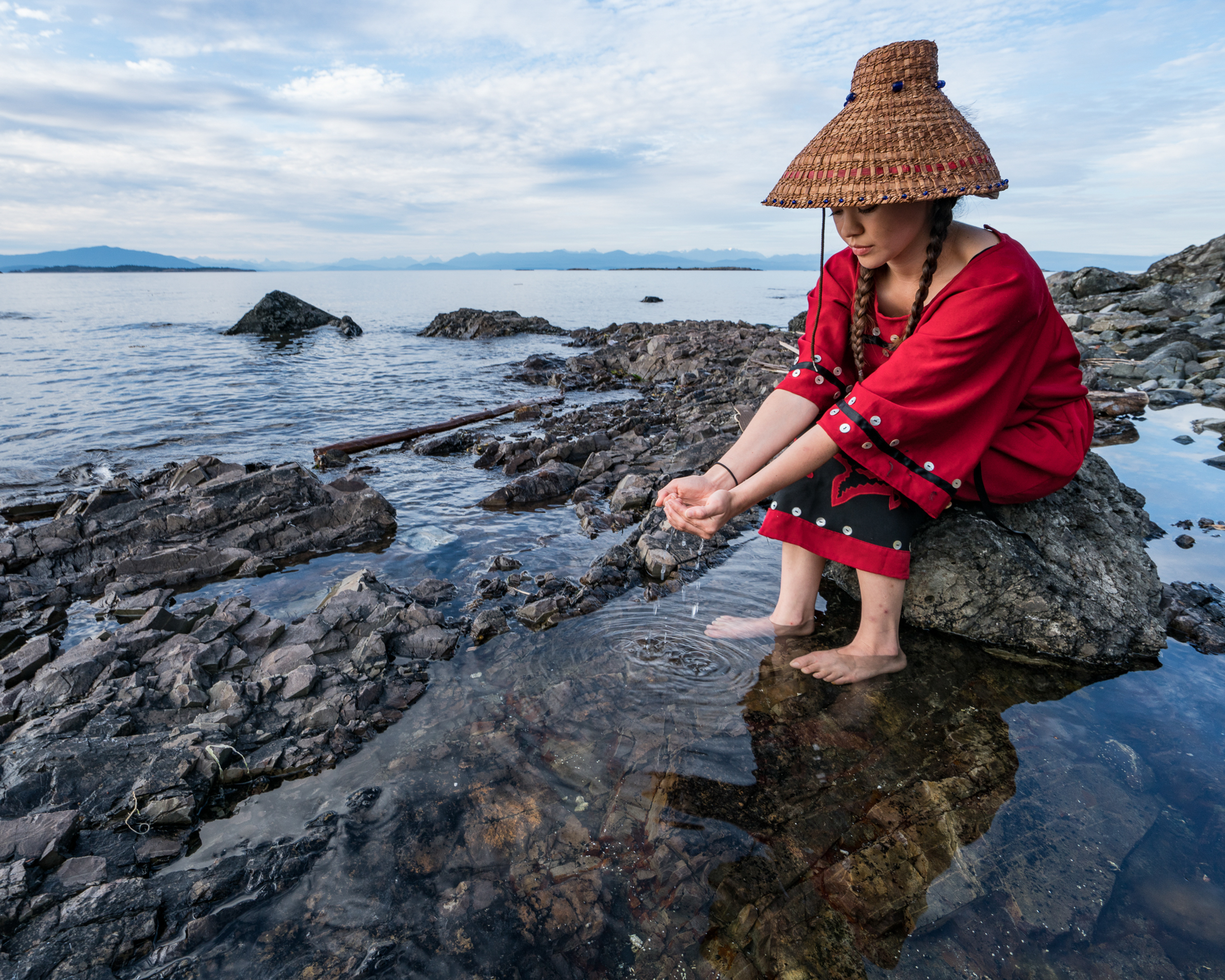Human and fragile, we watch powerless and humbled as an approaching storm spreads steely-gray clouds across the ocean’s horizon, rumbling with menacing thunder. Captivated, we stand on the beach and marvel at the beauty of a summer’s last tide. Slaves to the land, we look out to the silver sea when the opalescent moon brings waves from distant places to crash against the rocky shoreline. The pungent smell of saltwater, the roaring sound of the waves, the harsh grit of the sand; they all call to us.

Whether we know it or not, the sea is like a forgotten womb from which all life emerged, and maybe this is why our human soul yearns for the sea. Maybe it is the reassuring predictability in the rhythms of the tides. Maybe it is how we marvel when the waves roll from the open sea with playful, operatic grace; sometimes thunderous and furious, others with a gentle lapping of a blue-green foam. Maybe it is the thrill of the lively pull of the tidal flow. Maybe the smell of faraway and underwater kingdoms or the rumbling of the ocean that remains with us when the last grain of sand has been washed away from our feet.
Perhaps all of these things are what tie us to the sea. Since Earth saw its first oceans, the edge of the sea has been a place of drama and unrest, where waves break heavily against the continents, giving them shape and changing the character of the land. Under the tireless swing of the tides, the coast is constantly changing. For a few hours it belongs to the land, then it belongs back to the sea; it never, however, belongs to humans.
There is an invisible line where the tide meets the shore. It separates what is familiar and comforting to land animals, from what is foreign and frightening in the endless abyss of water where creatures with gills, scales and fins are far better adapted to live.

For hundreds of thousands of years, venturing away from the shore was the domain of a courageous few: adventures, pirates and fishermen were the only ones that dared leave the reassuring sight of the coast behind. Today, the human footprint on the seas is much heavier and as our technology has evolved, so has our relationship to the oceans.
Over the past hundred years alone we have taken out more than our share of sea wildlife, and we have dumped into its depths, more of our waste than was safe or wise. Out of sight, out mind. We recklessly have allowed over half of our planet’s coral reefs to disappear. We have fished out over 90 percent of the large fish in the ocean, and allowed entire ecosystems to become anoxic wastelands where life is no longer possible.

Knowingly or not, we have overdrawn on the capital assets that we receive from the oceans: the air we breathe, the water we drink, and the richness of wildlife that makes our lives possible. Maybe we have forgotten that even though we are tied to the land, we too are sea creatures? Regardless of where on earth we live, every drop of water we drink, every breath of air we take, comes and returns to the sea. The sea gives birth to the clouds that rain or snow over distant mountains and irrigates the fields that feed us — even hundreds of miles from the shore. And for millions of humans, there is the daily miracle of fish.
Over half of the human population lives within a day’s travel from the sea, and one in every ten of the poorest people on the planet rely on fish for their daily protein. Moreover, employment in both fisheries and aquaculture is growing faster than in agriculture and provides over 55 million jobs around the globe.

For the entire history of people on Earth, our fate has been tied to the fate of fish, and therefore to the health of the ocean. We are at a crossroads and what we know or fail to learn from the ocean in the next ten years will determine our fate in the next one hundred years.
The health of this largest of all ecosystems, will determine our ability to survive into the future. And yet, as important as the ocean is to our own well being we still know painfully little about it. Perhaps it is because it so vast, so deep and so unreachable that it is not until now that we are turning our gaze into serious ocean exploration. We must work harder and faster to understand the sea, and we must realize that understanding it doesn’t mean merely cataloguing the creatures that call it home.
Understanding will come when we can sense the ancient rhythms of earth and sea that have sculpted the continents and have produced the rock and sand on which we stand. Understanding will come when we can see beyond the thin blue line and see the surge of life beating at its shores, trying always to find a new foothold on land.
Originally published at maptia.com


